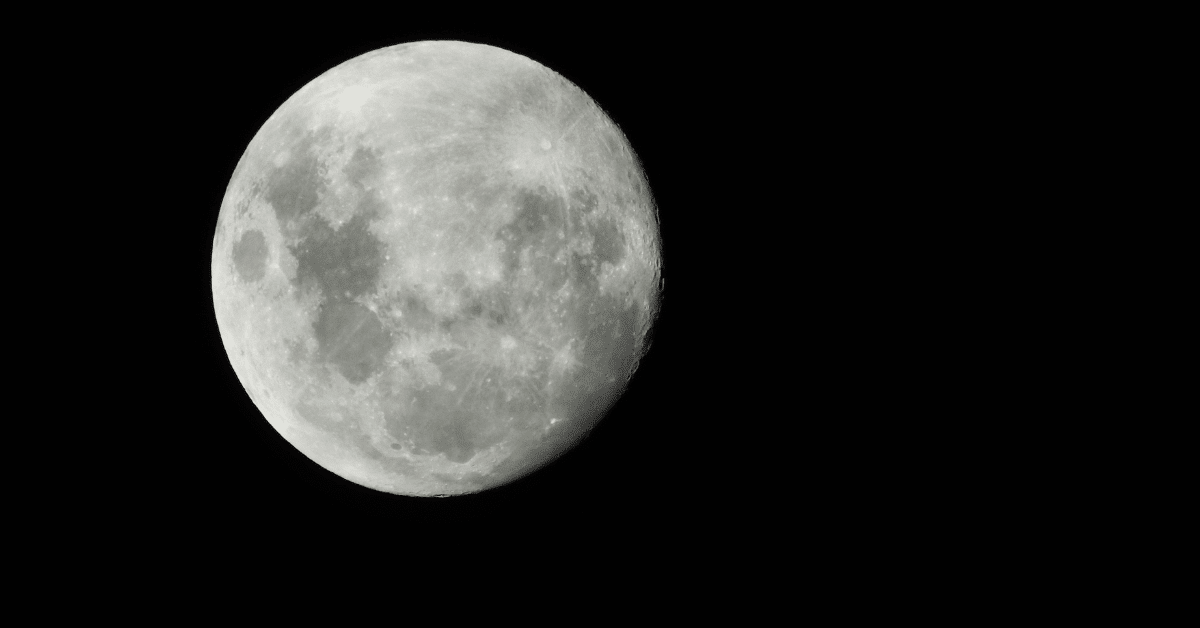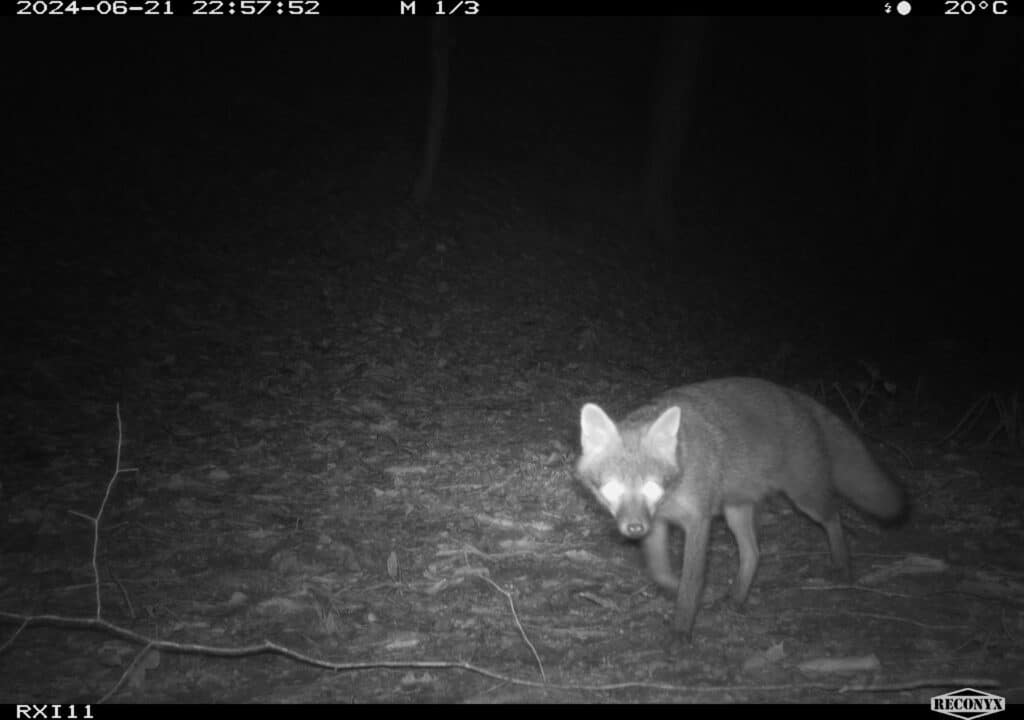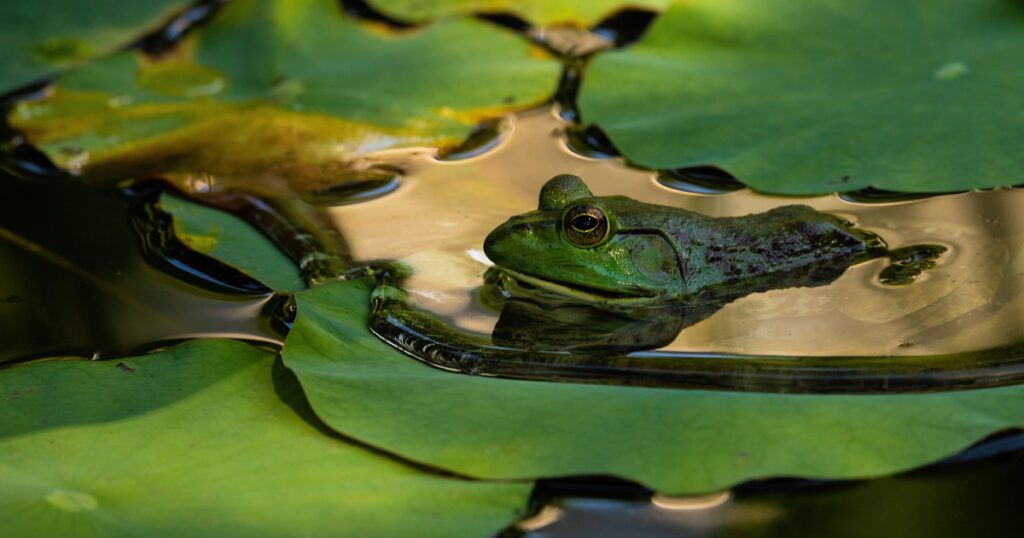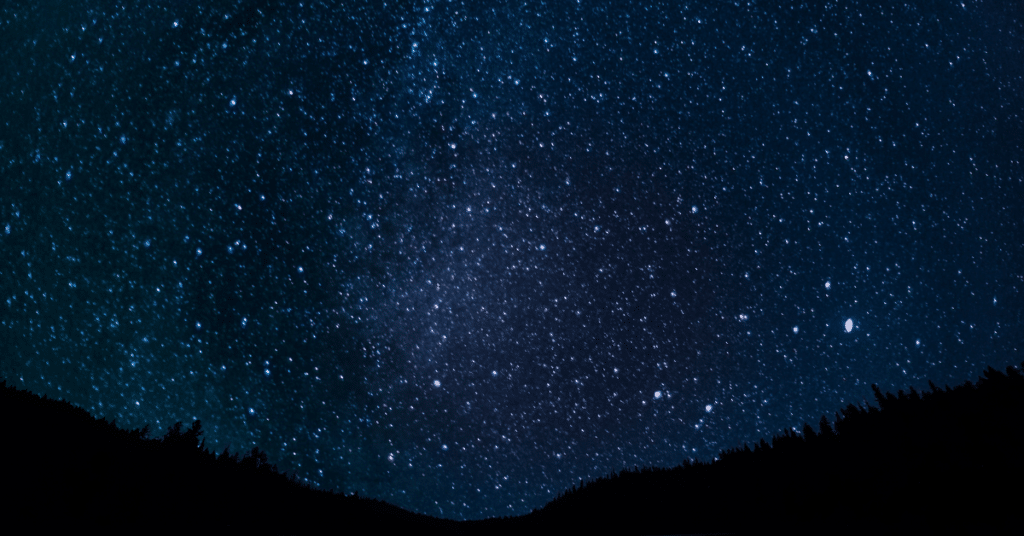
Wildlife Species that Come Alive at Night in Virginia
Virginia’s diverse ecosystems provide a thriving habitat for a variety of nocturnal wildlife. As the sun sets, a new world of activity emerges in the forests, wetlands, and fields.
Wild Virginia welcomed Leigh Ann Henion, author of Night Magic: Adventures Among Glowworms, Moon Gardens, and Other Marvels of the Dark, to share stories about the amazing beings that flourish outside our homes while most of us are settled in for the night. You will be inspired to embrace the darkness and the animals, plants, and fungi that call it home.
Celebrate the wondrous biodiversity of the nocturnal world by watching the recap below!
Here are some fascinating species that come alive at night in Virginia:
Mammals
- Bats: Virginia is home to several species of bats, including the Big Brown Bat and Little Brown Bat. These creatures play a crucial role in controlling insect populations. Utilizing echolocation, they navigate and hunt for insects in the night sky.
- Opossums: The Virginia Opossum, North America’s only marsupial, is a common nocturnal visitor. Known for their adaptability, opossums are scavengers that feed on a variety of food, including fruits, insects, and small animals.
- Raccoons: Raccoons are highly adaptable and intelligent mammals that thrive in both urban and rural areas. They are known for their dexterous paws and masked faces. At night, they forage for food, often near water sources.
- Foxes: The Red Fox and Gray Fox are both nocturnal hunters found throughout Virginia. While the red fox prefers open areas, the gray fox is more commonly found in wooded regions. Both species prey on small mammals, birds, and insects.

Birds
- Owls: Virginia hosts several owl species, such as the Great Horned Owl and Eastern Screech Owl. Owls are formidable nocturnal predators known for their keen eyesight and silent flight, allowing them to hunt efficiently in the dark.
Amphibians
- Frogs: During warm nights, the Spring Peeper and American Bullfrog are often heard calling in Virginia’s wetlands. These amphibians are active at night, feeding on insects and other small creatures.

Insects
- Fireflies: Fireflies, or lightning bugs, are a delightful sight during Virginia’s summer nights. These bioluminescent insects use their flashing lights to attract mates and communicate with one another.
- Moths: Virginia is home to a wide variety of moth species, including the Luna Moth. Moths are vital pollinators and serve as a food source for many nocturnal predators.

Reptiles
- Snakes: Some snake species, like the Eastern Rat Snake, become active at night to hunt for rodents and other small prey. These snakes are non-venomous and play an essential role in controlling pest populations.
Virginia’s nocturnal wildlife is an integral part of its natural heritage, offering a unique opportunity to observe and appreciate the wonders of nature after dark. Whether you’re an avid naturalist or simply curious, exploring Virginia’s nighttime wildlife can be a rewarding experience.
